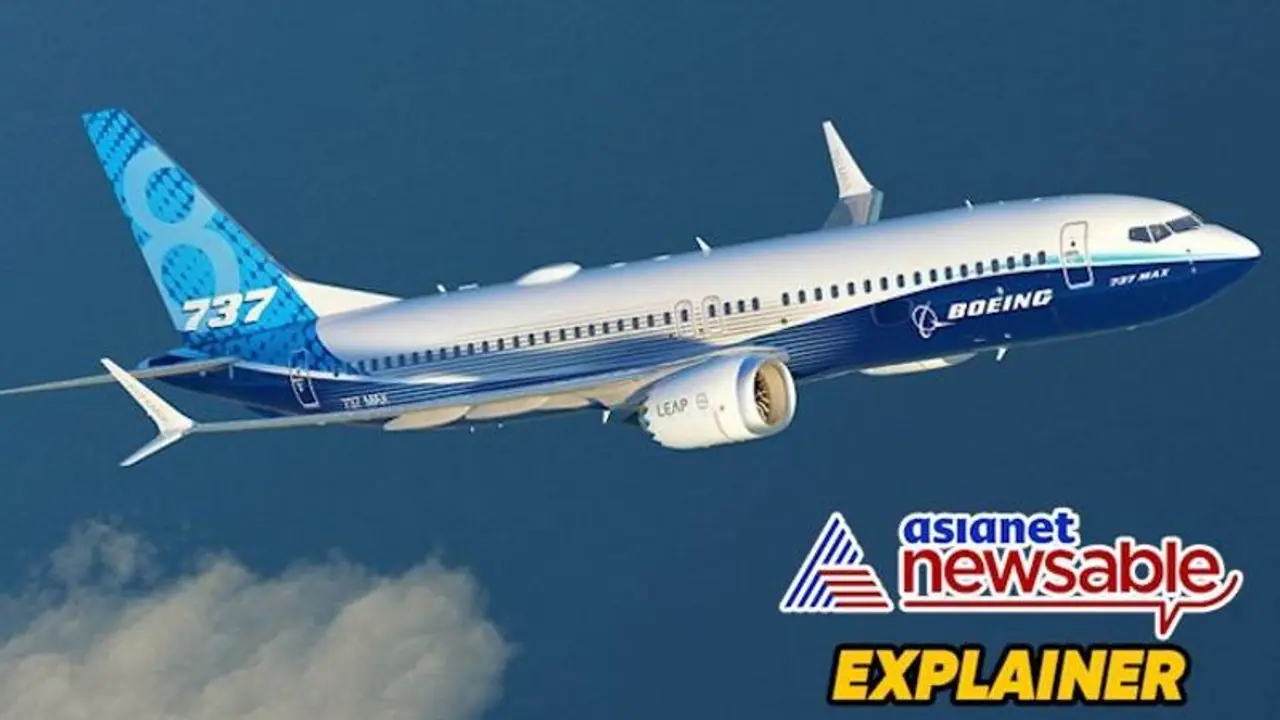Boeing's head of the 737 MAX program, Ed Clark, is departing following a safety incident that temporarily grounded 171 planes. Katie Ringgold will succeed him. The incident involved a mid-flight blowout on a 737 MAX operated by Alaska Airlines, prompting scrutiny and calls for new leadership
In a significant development for aviation giant Boeing, the head of its 737 MAX program is stepping down less than two months after a major safety incident prompted concerns over aircraft safety. Ed Clark, an esteemed 18-year veteran at Boeing, is "leaving the program," according to a memo released by Boeing Commercial Aviation (BCA) chief Stan Deal. Katie Ringgold has been appointed as his successor.

The decision follows a mid-flight blowout of an air panel on a 737 MAX operated by Alaska Airlines on January 5, leading to an emergency landing and raising alarm over potential safety lapses. Though the incident resulted in no serious injuries, safety inspectors underscored its potentially catastrophic nature.
The recent incident has reignited concerns about the manufacturing processes associated with Boeing's widely-used 737 Max aircraft. This comes years after fatal crashes involving an earlier version of the aircraft in 2018 and 2019, which resulted in the deaths of 346 individuals and a global grounding lasting 20 months.
Last month, the Federal Aviation Administration (FAA) prohibited Boeing from increasing production of the 737 Max as it conducted a thorough review of the company's production line for these planes. Various production issues, albeit less severe, have plagued Boeing in recent years as it scaled up manufacturing efforts following the grounding period.
A preliminary investigation into the incident involving an Alaska Airlines-operated 737 Max 9 aircraft revealed a concerning discovery: bolts intended to secure the door panel were found to be missing. These bolts were reportedly removed within Boeing's Renton, Washington factory, prompting further scrutiny of the manufacturing process.
In response to Clark's departure, Stan Deal expressed gratitude for Clark's significant contributions during his tenure. Clark, who served as vice president and general manager of the 737 program overseeing the Renton, Washington factory, now passes the baton to Ringgold, currently the vice president of 737 delivery operations.
Boeing's efforts to reinforce safety and quality control procedures have intensified following the January 5 incident, with operational pauses at Renton and other sites for thorough reviews. The National Transportation Safety Board's ongoing investigation revealed missing bolts securing the air panel, adding urgency to Boeing's reassessment.
Boeing's response includes the creation of a senior vice president for quality position, filled by Elizabeth Lund, alongside other key appointments aimed at bolstering safety measures and operational efficiency. These measures align with Boeing CEO Dave Calhoun's commitment to transparency and accountability in the wake of safety concerns.
As Boeing navigates heightened scrutiny from regulatory bodies and lawmakers, Ringgold assumes responsibility for overseeing the Renton factory and ensuring adherence to stringent quality and safety standards. With ongoing safety audits and reviews underway, Boeing remains focused on delivering aircraft that meet or exceed regulatory requirements, prioritizing customer safety above all.
The company's proactive approach underscores its commitment to restoring trust in its aircraft and upholding the highest standards of safety and quality assurance in commercial aviation.
